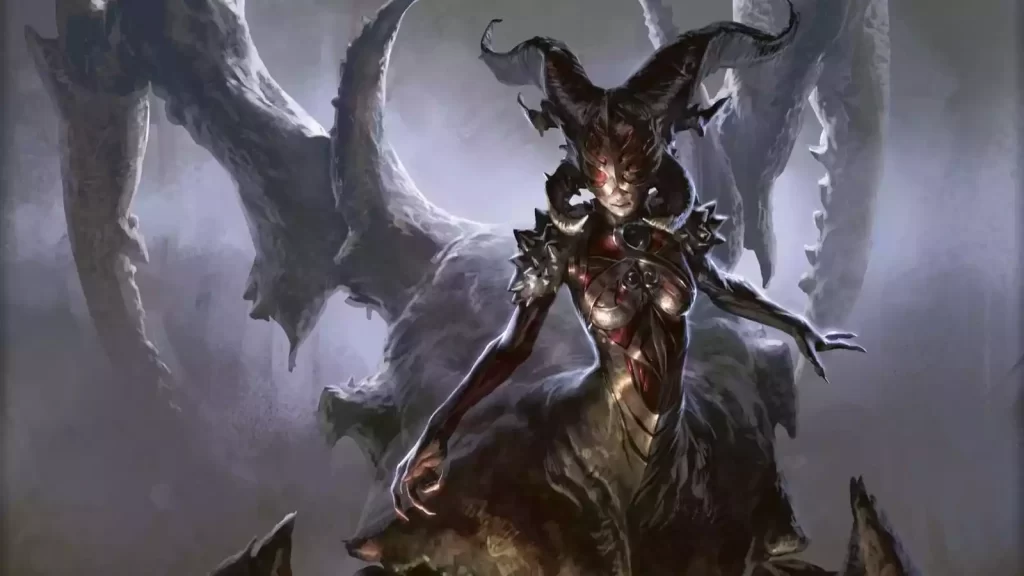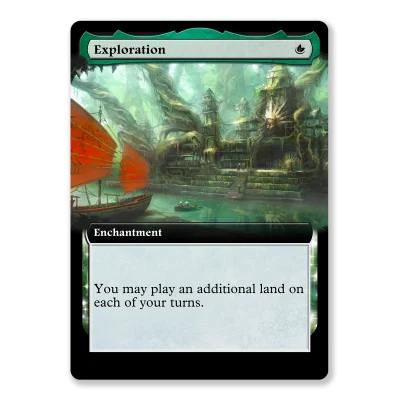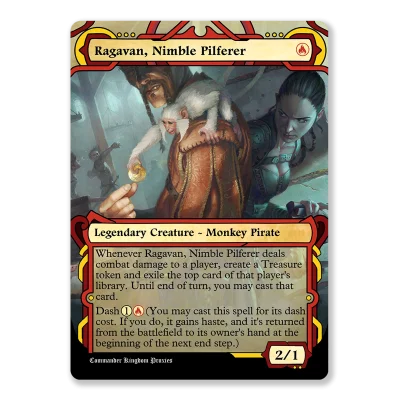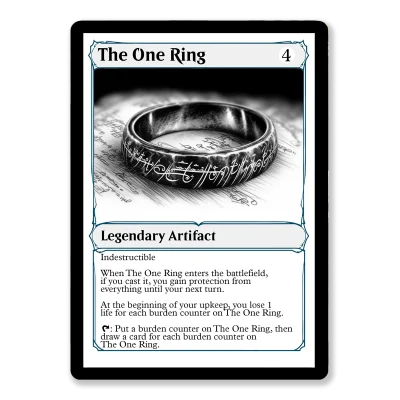Deathtouch in Magic: The Gathering (MTG) is a keyword ability that fundamentally alters the dynamics of creature combat, providing strategic depth and tactical advantages in both Limited and Constructed formats. It equips seemingly minor creatures with the formidable power to destroy any adversary they damage, regardless of the opponent’s toughness, embodying the concept of lethal precision over brute strength.
What is Deathtouch?
Deathtouch allows any amount of damage dealt by a creature to be lethal to another creature. This means a creature with as little as one power can take down an opponent’s creature, no matter how large. Thematically, it’s often associated with venomous or deadly creatures in the game, symbolizing the potential lethality of even the smallest attackers.
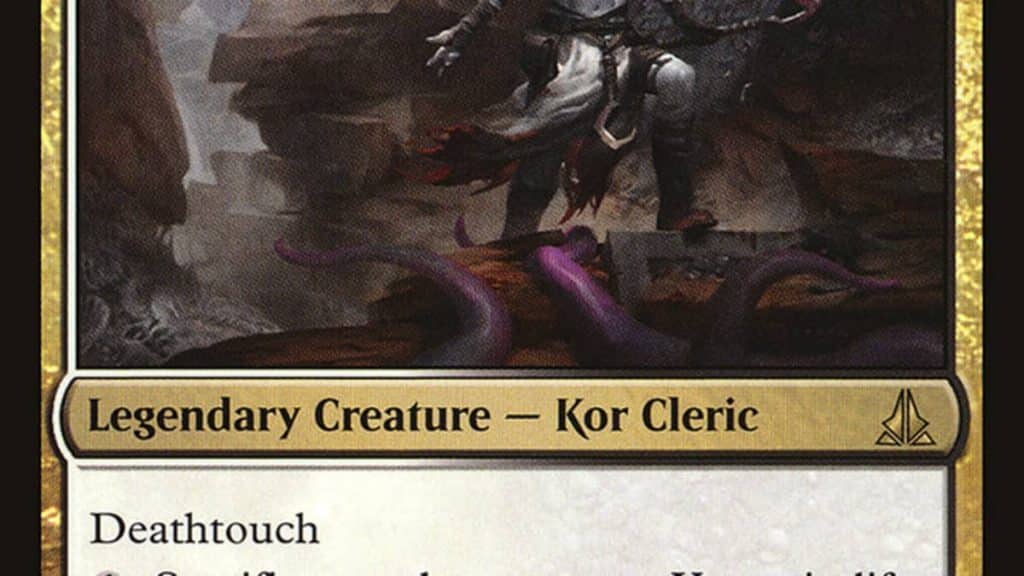
Strategic Implications
In gameplay, deathtouch serves as both an offensive and defensive tool. Defensively, it can deter opponents from attacking, knowing that even their most powerful creatures could be easily destroyed. Offensively, it can be combined with abilities or spells that trigger upon dealing combat damage to opponents, encouraging unblocked attacks that yield beneficial effects.
This mechanic goes beyond simply being a creature’s ability; it’s a significant game-changer that can influence the flow of combat and decision-making processes for both players. Deathtouch not only levels the playing field by enabling smaller creatures to threaten larger ones but also interacts interestingly with various card mechanics and strategic considerations, enhancing its utility and impact across different game formats and styles.
Deathtouch and Combat Dynamics
Deathtouch significantly alters combat dynamics, forcing opponents to reconsider their attacking or blocking strategies. Knowing that even a single point of damage from a deathtouch creature can be lethal, players might hesitate to engage in combat with their valuable creatures. This deterrent effect effectively deters attacks and defends key positions on the board. This deterrent effect gives the deathtouch creature’s controller a strategic advantage, allowing them to control the pace and flow of combat to their benefit.
Strategic Deck Building and Card Interactions
When building a deathtouch-focused deck, selecting the right mix of deathtouch creatures and supporting cards is crucial. Incorporating creatures like Typhoid Rats for the early game presence or Vampire Nighthawk for added versatility with flying and lifelink can provide significant advantages. It’s also essential to balance the deck with spells that disrupt the opponent’s plans, protective measures for your creatures, and non-deathtouch creatures to diversify threats.
Dealing with Deathtouch
Opponents can counter deathtouch in several ways:
- Removal Spells: High-priority targets for removal, creatures with deathtouch can be eliminated with spells that reduce their power or give them negative modifiers.
- Power Reduction: Reducing a creature’s power to zero neutralizes its ability to deal damage and thus its deathtouch capability.
- First Strike and Double Strike: These abilities allow creatures to deal damage before a deathtouch creature can retaliate, potentially removing the threat before it can kill in return.
- Indestructible: Creatures with indestructible are immune to deathtouch, as they cannot be destroyed by damage.
- Evasion Tactics: Employing creatures with evasion abilities or overwhelming numbers can circumvent deathtouch defenses.
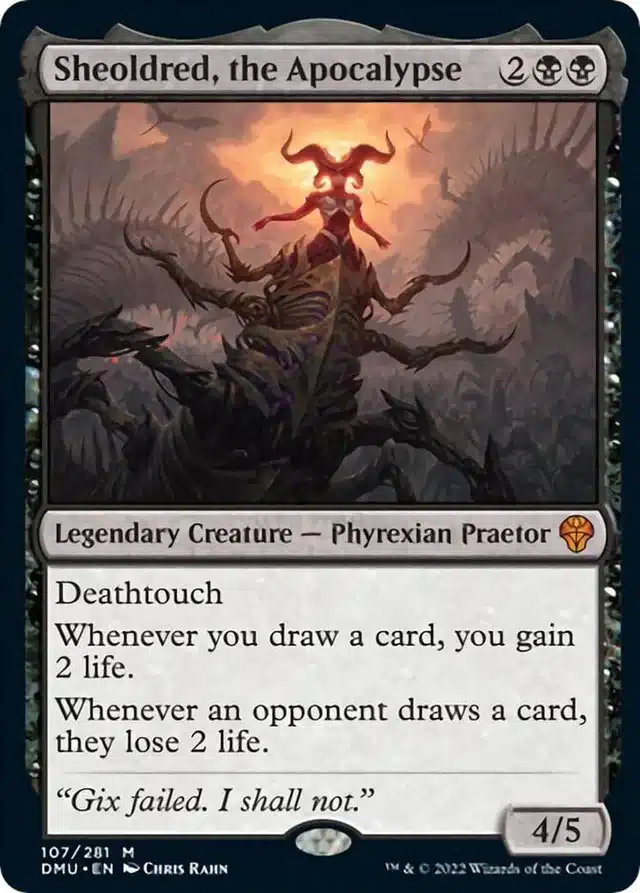
Applications in Different Formats
While deathtouch is a game-changer in Limited formats like Draft or Sealed, its effectiveness can vary in Constructed play due to the prevalence of removal spells and less emphasis on creature combat. However, deathtouch creatures gain value when they can deal non-combat damage or are combined with abilities that spread their lethal potential across multiple threats.
Historically, combinations like Nightshade Peddler and Izzet Staticaster or Status with Goblin Chainwhirler have showcased how deathtouch can be leveraged in Constructed formats to control the battlefield by granting the ability to wipe out multiple creatures with a single action.
Constructing a deathtouch-focused deck requires balancing deathtouch creatures and supporting cards. Spells that protect these creatures or enhance their abilities, alongside other utility cards, can create a formidable strategy centered around controlling combat and leveraging lethal threats efficiently.
Final Thoughts
Deathtouch is a powerful ability in MTG, providing strategic depth and offering players various ways to leverage small creatures against more potent threats. Understanding how to use and counter deathtouch can significantly impact gameplay, making it a key concept for new and experienced players to master.

